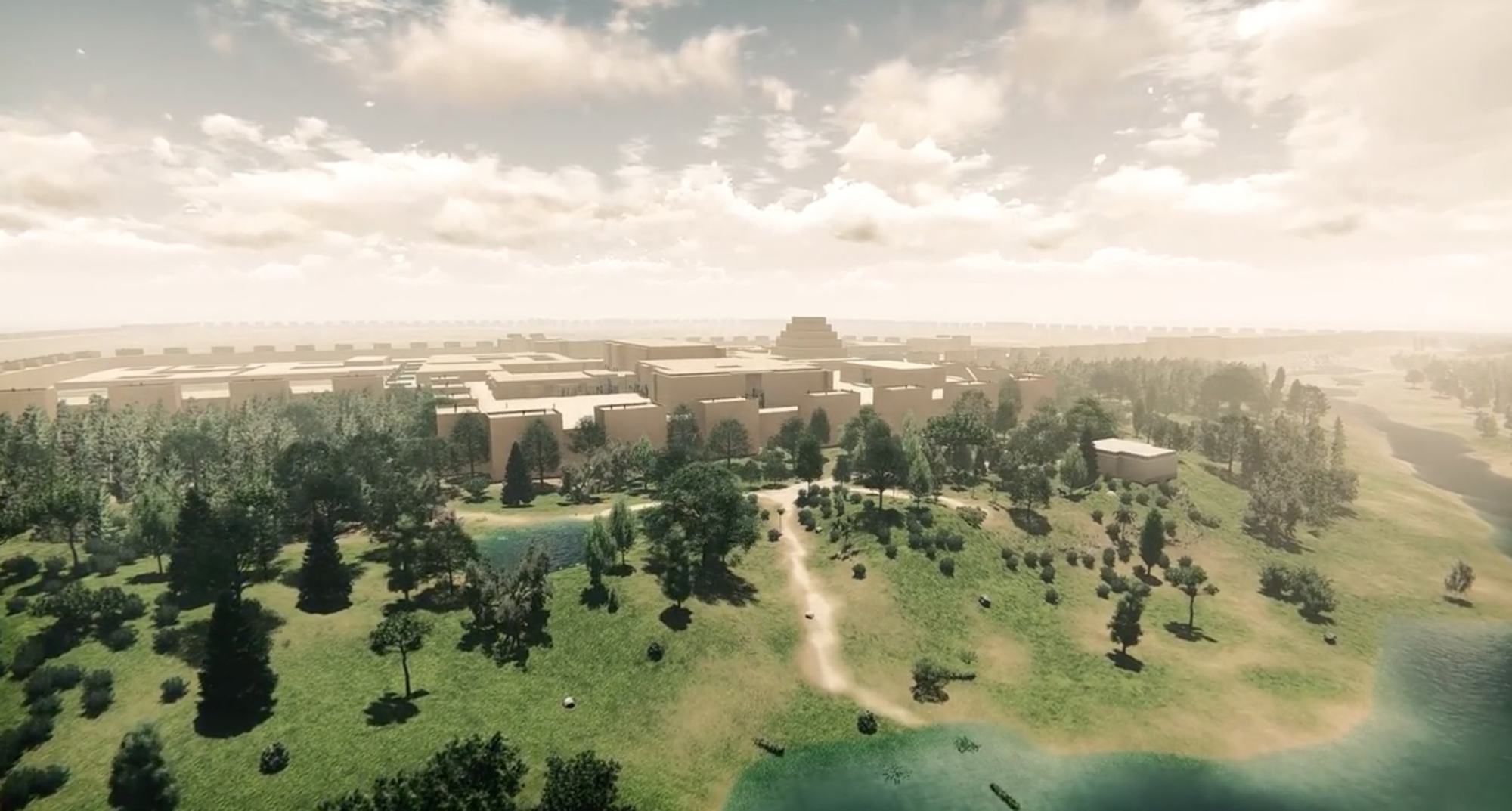
- Home
- Explore the site
- Discovery of the site
- Paul-Émile Botta’s discovery
Paul-Émile Botta (1802-1870)
Paul-Émile Botta did not set out to be a pioneer of Assyrian archaeology. He was a keen traveller and naturalist, and took part in a mission to Egypt in 1835 for the Muséum d’Histoire naturelle. He was also interested in languages and it was as a proficient speaker of Arabic that he was appointed French consul to Mosul in 1842. His interest in ancient Mesopotamian civilisations was sparked by Jules Mohl, secretary of the Société asiatique.
The search for Nineveh
After an initially disappointing survey of the Kuyunjik tell, Paul-Émile Botta returned to Khorsabad in 1843, unaware he was abandoning the site of ancient Nineveh. The pioneers of archaeology were guided mainly by Classical authors and the Bible, in which Nineveh is one of the few Mesopotamian cities to be mentioned. It was consequently what archaeologists looked for first, and they mistook both Khorsabad and then Nimrud for the ancient city.
First excavations
Paul-Émile Botta was assisted in Khorsabad by the painter Eugène Flandin, who recorded the excavated reliefs and monuments. Botta also had the inscriptions copied in full. After excavating the palace’s northwest sector, he thought he had found most of the site and closed it in 1844. Unable to send everything back to France, he selected certain reliefs and bulls, had them sawn into lighter pieces and then sent them to the new Assyrian museum at the Louvre. Paul-Émile Botta subsequently published Monument de Ninive, which, in spite of its title, is a study of Khorsabad.


